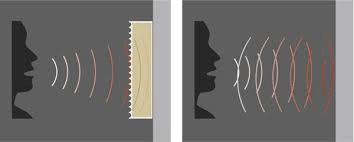Even when we don’t notice it, acoustics are a very important part of our daily lives.
If the acoustics are bad, for example, in the office, we become less productive, we can’t concentrate, and in the conference room, we lose out on important details. Acoustics needs vary depending on the function of a room. It is therefore important that the acoustics of the room are suited to its function and use. The acoustic experience is very different depending on where you are standing. For Church Sound Systems, contact https://apicommunications.co.uk/services/church-sound-systems
The Sound
Acoustics describes how sound travels and reflects within a space. Pressure waves are what create sound. The speed at which the pressure waves dissipate is a good indicator of acoustics. Sound-absorbing materials can calm the pressure waves. If the only surfaces in a room are hard, such as concrete floors and brick walls, soundwaves can bounce around for a very long time. We call this a long reverberation, or echo.
Reverberation Time
The reverberation period is what we consider when talking about acoustics. The reverberation is determined by the number of seconds that it takes the sound to drop 60 dB following the end of the sound source. If you’re talking to someone in a large room, your first words won’t disappear before the next word. A conversation will be difficult. If there are enough absorbent materials in the room, it will create a good acoustic.
Sound Absorbing Materials
We need elements that can absorb sound to prevent it from reflecting in the room. The absorption coefficient is used to indicate the ability of an element to absorb sound. Alpha (a) is used as a way of indicating this. Alpha values should be as close as possible to 1, since this means that any sound directed towards the element will be absorbed.







